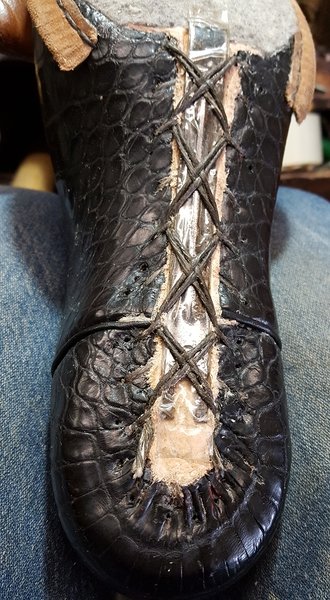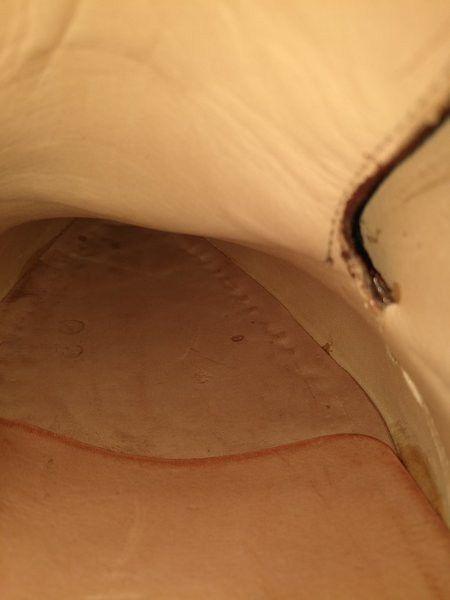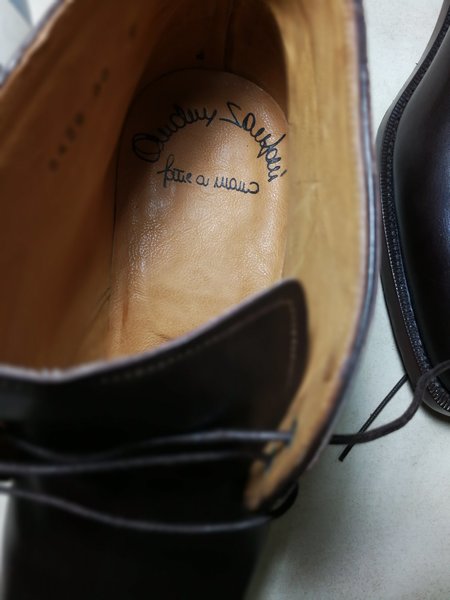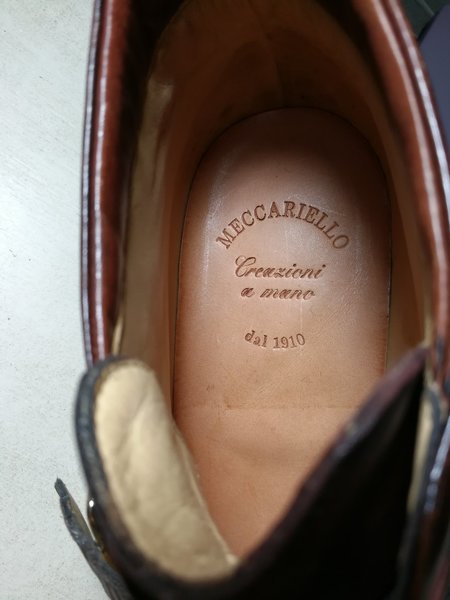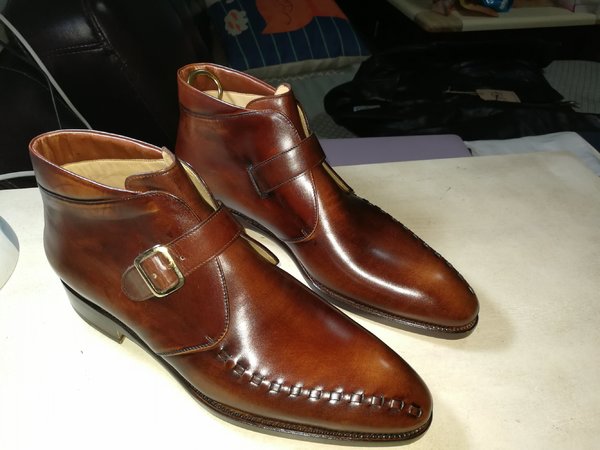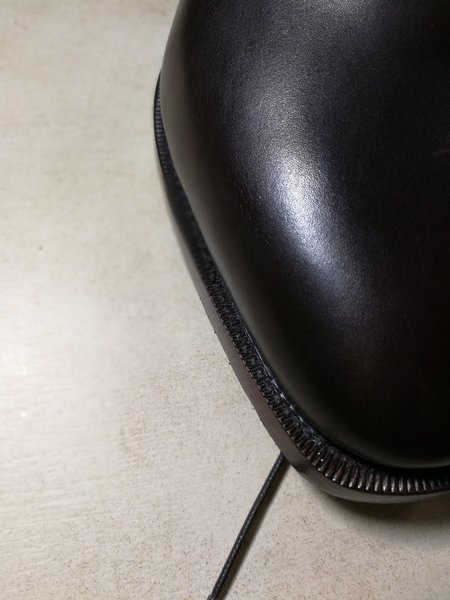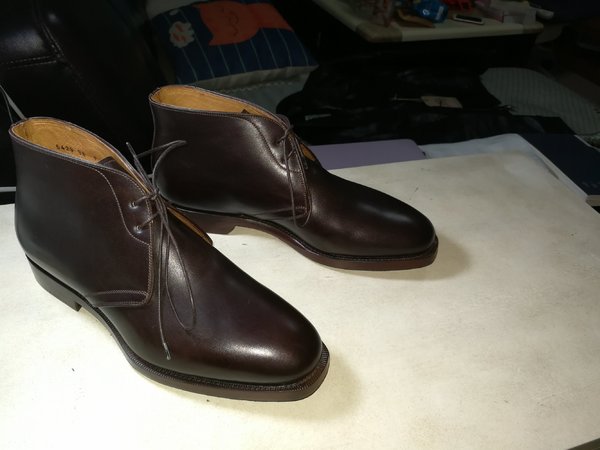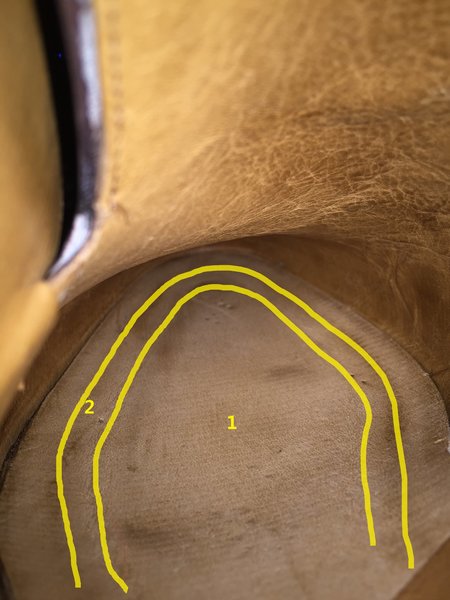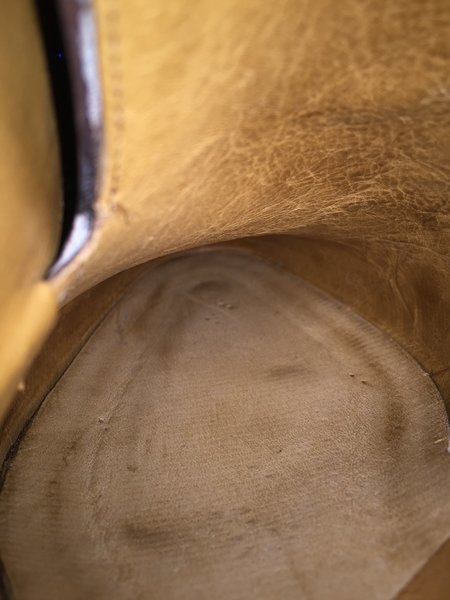thelonius
Senior Member
- Joined
- Jan 10, 2013
- Messages
- 283
- Reaction score
- 51
Thank you for the interesting information and discussion. Concerning strength of hand welting vs GYW, as usual not one single piece of measured evidence is presented to show that hand welts are stronger than GYW. Let's have some statistics. I have both types of constructions, and my GYW are used very often in a variety of weathers, and to be honest, over the years, I have not had one, not one, case of gemming failure. Hand welted shoes also rely on adhesives to hold them together. Many of my GYW have been worn regularly for more than 25 years without any problems from the insole welting. Other problems yes, but not from that.Hand-welted is a direct, and extremely positive, leather to leather connection. It requires a quality insole.
Goodyear welted is fundamentally a cement connection and tenuous at best. It does not require even a leather insole and one of the underlying rationales for using Goodyear construction is the savings that can (and usually are) be reaped by using inferior materials.
In every other industry quality testing relies on placing the item under some stress to determine its limits vis-a-vis strength and longevity of the materials and techniques being employed.
Only with high end RTW shoes...where the shoes in question may not be worn more than once a month and then in only the most controlled situations where wet, dirt, constant flexion are carefully monitored, and repair, short of complete replacement of all critical components...is the see-no-evil model of quality accepted.



